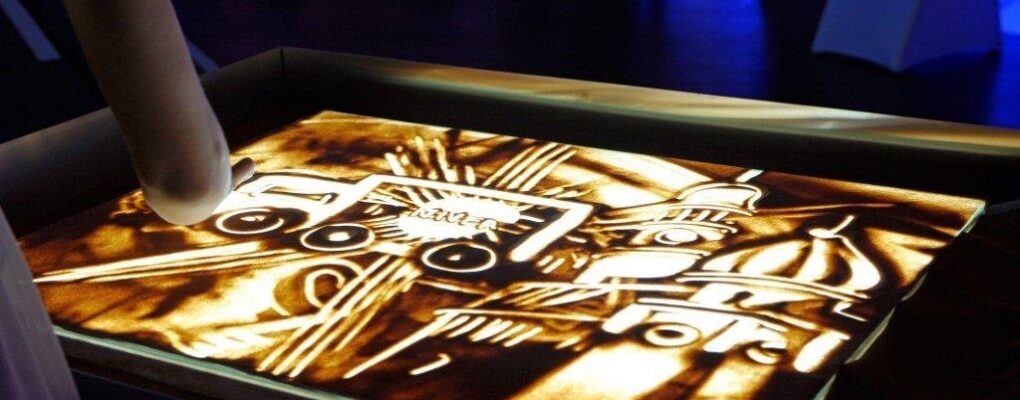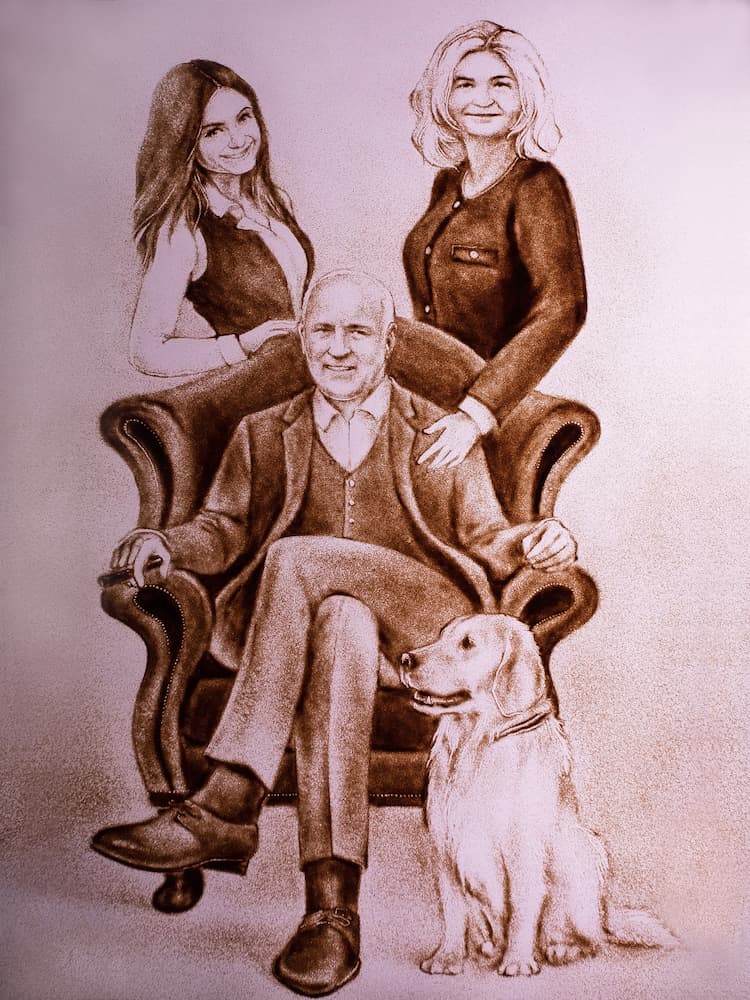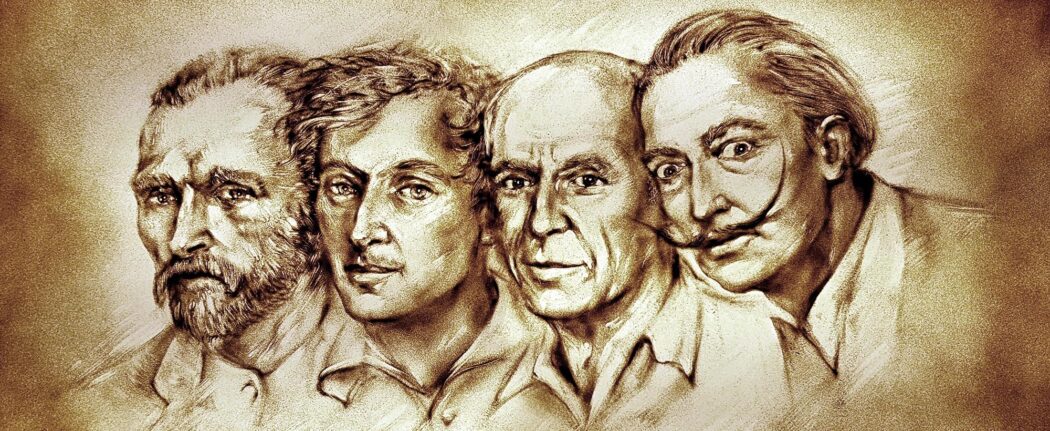
Sand animation is a form of visual storytelling where sand is used to create images or animations. This technique has been around since ancient times, but only recently has it become mainstream. What makes it unique?
Sand animation was originally developed in Egypt during the Middle Kingdom period (c. 2200–1700 BC). The Egyptians would pour water into a large basin filled with fine white sand. They would then draw pictures using their fingers, creating beautiful illustrations.
Today, sand animation is being used in advertising, anniversary, film production, and even art galleries. In fact, some artists are now using sand animation to create sculptures.
But today we will talk about another kind of Sand Animation – Sand Painting.

Real Sand Animation
Sand animation is an artistic medium that combines certain elements of conventional animation and performance art to convey a message or depict a scene using sand. Typically, this is done by putting sand on a table and then projecting an illuminated version of the sand onto a wall or screen. The artist can then use the sand to create various shapes and patterns, which he or she can project onto a screen. Sand animation is often combined with music to create an animated film that tells a story.
Sand animation combines several different types of artistic expression into one performance. Performance artists often use themselves as part of their performances. A sand animation uses a clear surface through which lights are shone and projected onto a computer screen, much like an old overhead projection system used in presentations or classes. Since the term “animated” is appropriate because the shapes created by the animator change over time and over several seconds a narrative can be told through a sequence of pictures.
Couple examples of German sand painters from Leipzig
If you are looking to order professional sand painters in Europe (Germany) click and order creative ideas for jubilee.
- Firm anniversary
- For Mother Day
History of Sand Painting
Apparently, at first people did not draw with sand, but on it – with branches or just fingers. But the loose material has a mystical essence, which people soon began to comprehend.
Mandalas (sand drawings) originate in Indian healing rituals. Descendants of the Navajo tribe still say that they were taught to draw sacred images by the gods.
Sand drawings also had a sacred meaning for the monks of Tibet. They painted them for special ceremonies and then destroyed them. At that time, Sandbillers symbolized the transience of earthly existence.
The ancient Chinese perfectly mastered the art of miniature sand painting, and in the XIV century the art of Bonseki became widespread in Japan.
Giselle Ansorge and Ernst Nag, a Swiss couple of sand animators, were the founders of modern sand art. In 1950-1980, the couple presented several caricatures that they drew with black powder on illuminated glass surfaces.
We owe sand animation in its current form to Carolyn Leaf, who in 1969 created the first sand film “Sand, or Peter and the Wolf”. The second masterpiece “The Owl Who Married a Duck” was released in 1976 and received numerous awards at film festivals.
But the beginning of the sand show with light and music accompaniment was laid by the Hungarian sand animator Ferenc Kako. A profound master, a tough experimenter, winner of awards in Berlin and Cannes, Oscar nominee.

Benefits of modern Sandanimation
- Storytelling: Sand animation allows artists to visually tell stories and convey emotions in a unique and captivating way.
- Versatility: Sand animation can be adapted to different styles, themes, and audiences, making it a versatile form of expression.
- Engagement: Sand animation creates a sense of interaction and engagement with the audience, making it an effective way to communicate ideas and messages.
- Accessibility: Sand animation does not require any special equipment or technology, making it accessible to people of all ages and backgrounds.
- Sustainability: Sand animation is a sustainable form of art as it only requires sand and a light source, reducing the environmental impact of traditional animation methods.
- Memorable: Sand animation creates memorable experiences, leaving a lasting impression on the audience.
Conclusion
In summary, we can say that sand animation is a new type of art that combines the techniques of traditional animation with those of performance art. It is a unique combination of two arts that have been practiced separately for centuries. Sand animation is a very interesting way to tell stories, especially if accompanied by music.